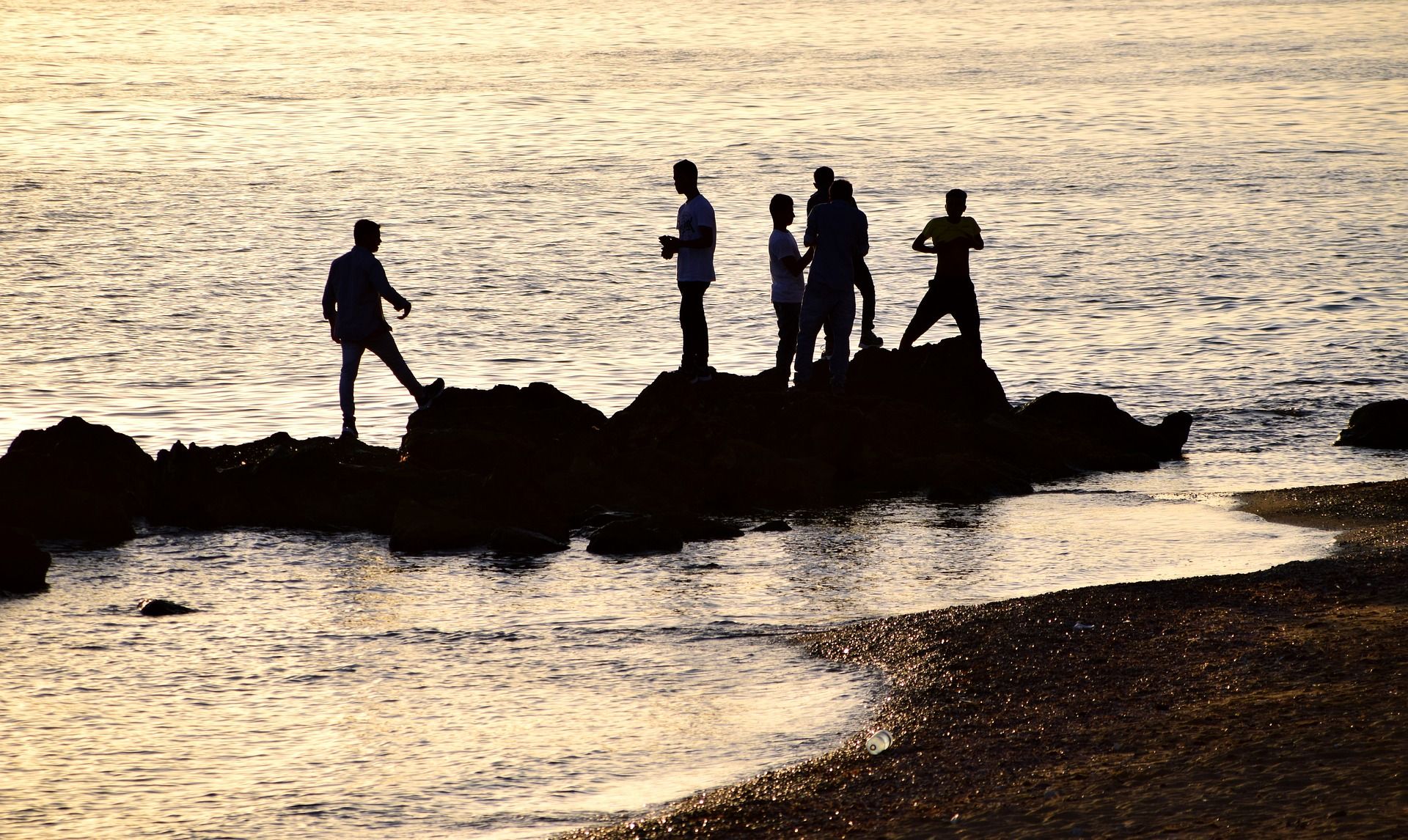The names of the 8,000 leprosy patients who lived and died at Kalaupapa will be brought to life with a memorial in their honor. It will list each name and not only serve as a tribute to these inpiduals but as a tombstone for many of them as well.
This comes at a time when Hawaii may soon be getting its second saint, two years after St. Damien was canonized. Marianne Cope helped patients for the last 39 years of her life and was known by all as the “beloved mother of the outcasts.”
Thousands buried in Kalawao and Kalaupapa can finally rest in peace.
There are 951 marked graves at Kalawao (the original settlement) and Kalaupapa, meaning almost 7,000 who were isolated on the peninsula and died there do not have a tombstone. Families of these nearly forgotten patients can now find closure when visiting this Molokai memorial.
In 2009, President Barack Obama signed the Kalaupapa Memorial Act into law. Now a two-year environmental assessment is being conducted at the chosen site, within the Old Baldwin Boys Home at Kalawao. Once that’s done, a competition for memorial designs will be opened to the community with continued efforts to raise money for its construction.
Subtle Kalaupapa Details
Visitors can access Kalaupapa by light air craft, mule ride or hike. They’re able to sign up for a guided tour, but it’s rare for visitors to actually meet and spend time with patients. The leprosy isolation law was lifted in 1969. However, many patients have chosen to stay. Currently, there are less than 20 surviving patients, all older than 70, living in Kalaupapa.
Even after patients were allowed to leave Kalaupapa, they chose to stay. It’s where their disfigurements were most accepted.
A group from Kamehameha’s Kapalama and Maui High School campuses got a rare opportunity to talk story with some of the patients during a recent visit – getting an inside perspective of life on the secluded peninsula. Kumu (teacher) Hans Wilhelm, Kahu (priest) Kalani Wong and their students spent time there, just a few months before the memorial was signed into law.
They sang Hawaiian songs and played the ukulele with patients, as well as helped clean patients’ yards. One woman had not been able to walk through her overgrown yard for years since her husband passed away. As the group cleared out the four-foot-tall grass, they found some vegetables her husband planted. They then harvested and prepared the vintage veggies for her to finally enjoy.
Students clear out chest-high grass from patients’ yards and other areas on the penninsula.
The students and chaperones were able to see the original holding station where families visited the patients. Before the sulfone drug was discovered in the 1940s as a cure for leprosy, patients could not come into physical contact with outsiders for fear of spreading the bacterial disease. Instead they could only talk to their families from behind windows enclosed with bars.
The group even got a sneak peak into an archival area, where the patients’ belongings are collected after they pass away. Everything from religious items to teddy bears to paintings by the patients get stored there for safekeeping. It has not been decided yet, but the items will either become a part of a museum or given to the patients’ families.
(Left) Holding station where families visited patients. (Right) Special spoons that made it easier for patients with disfigurements to eat.
There are several little details within the community that visitors may not easily notice, such as the feral cats’ strange behaviors or the importance of June in Kalaupapa. Because no one under the age of 14 has been allowed to visit the area, many patients have treated the cats like children. And the cats, in turn, act like humans – sitting on tables and giving visitors inquisitive looks. And for those who live in Kalaupapa, “Christmas” comes a little later in the year. An annual oversized sleigh in the form of a barge brings supplies and big items that can’t be brought by plane to the secluded peninsula. They appropriately call it, “Christmas in June.”
A patient’s painted illustration of Kalaupapa’s only bar called Elaine’s Place.
Visiting Kalaupapa is an experience in itself, but it’s the history you’ll find nestled between the houses, within the people and buried in the soil that really brings this place to life. And with the soon-to-be memorial, the people of Kalaupapa will find their way back into history while making the history of Kalaupapa even more complete.
Photo Credit: Hans Wilhelm




